As indicated in the last post, I spent a week along the Loire River in June. It was a very relaxing vacation.
After a half day drive (I Left Brussels very early in the morning) I made it to Blois for lunch. I walked around the town for a while before sitting down to eat in front of the famous castle (one of many…). Here is the view of the old city with the Loire River in the background.
Here is another view with the beautiful cathedral
I went to visit the Cathedral which shows the typical Gothic style of the time it was built.
Actually, the current church is build on top of an earlier edifice, much smaller and in Roman style.
Part of the old church remains underneath the new one!
This is the back side of the Chateau de Blois (1)
And here is the view of the front entrance. It is not very impressive from the outside, but a lot better once you get in…
On the opposite side of the square is a house that used to belong to a magician called Jean Eugène Robert-Houdin (NO, this is not Houdini who lived about 50 years later and came from Hungary) who was a French magician living in the 19th century. According to Wikipedia, his occupations were: Magician, Illusionist, Inventor and Clockmaker – quite a combination.
While I was having lunch, I heard strange noises and it seemed the house was coming alive with dragons … and since I was driving, I did not have a lot of wine to drink and therefore could not blame that for having visions. There are really dragons coming out of the house; there is even a tail through the top window.
I even took a short movie …
Look for the paw of the bottom dragon delicately placed on the handrail – and yet if you look at the first picture of the house, all handrails are intact!
I went to visit the Chateau de Blois which has a very famous external spiral staircase seen here from the main courtyard.
The facade of the main building
The council room, where the king would come to hold public meetings. In the corner of the room, not seen in this picture, there is a reproduction of the royal throne and visitors are allowed to sit in it to have their picture taken; don’t hold you breath, you will not see me on it!
The royal bedroom; or is this one of Cathrine de Medici’s bedrooms? I saw so many of them that I lost track – she did seem to sleep around a bit!
More rooms on the inside of the castle – I liked the ceiling of this one.
This is definitely the King’s bedroom so the other one must have been Cathrine’s…
I have to move on as I am staying in Saumur that is still a couple of hours away.
The cliffs along the Loire Valley are made of a very special kind of sedimentary rock called Tufa and many of the chateaux are build from this material extracted from the cliffs. Many caves were later transformed into houses; others were transformed into mushroom farms. I visited one of them called “Le saut aux Loups” or in English “The Jump with Wolves”. There are wolve’s carvings on the walls and mushrooms are grown in soild that is enriched by the dung of horses (the region is famous for its horse farms and the National Equestrian School of France). Most of what they grow are Cahmpignons de Paris – the regular old plain white mushroom that you find everywhere.
There are displays of how they used to grow mushrooms – in much larger ‘pots’ but these were more difficult to harvest.
They also grow more exotic species like these.
And they have a museum with even more exotic species of comestible and poisonous mushrooms. I just had to take a picture of this one! The French name is “Satyr Puant” which means “Stinking Satyr” (the Free Online Dictionary provides the following definition for Satyr: a man who has strong sexual desires). The latin name is Phallus Impudicus. I am sure you can see why!
Not far from the mushroom farm is the workshop of a glass blower also built inside the cliffs
There are also houses built into the cliffs. It is very handy. If you have another child, all you need to do is carve another bedroom out of the mountain…
I had dinner in a restaurant not far from this house which is also built into the cliffs – details at the end of this post.
I finally made it to Saumur where I was staying at the Chateau Beaulieu (2), a wonderful Bed and Breakfast – details again at the bottom of the post.
In town, here is a view of the Chateau de Saumur (3) that probably has not changed much in several hundred years …
A better view of the castle only
Unfortunately, the castle is undergoing restorations and therefore the inside is not open to the public. I spent a little time on the outside, enough to see this view of the town of Saumur, with the Loire River and the bridge across to the Ile d’Offard.
I noticed that people were rehearsing the “Light and Sound” shows that will open soon – one of the disadvantages of going to France in June is that many tourist activities only start in July and August. But at least I got to see the preparations. The set was being built and horsemen (and women) were practicing their charges.
These were not small horses, but very much what you would have expected in Renaissance time.
They had volunteers playing ‘hostages’ – one of them seemed to take it very seriously and was begging for his life! The others were much ‘cooler’ about it all…
The swords were plastic, so not much to worry about other than being run over by the horse, especially this one that was taller and bigger than all the rest.
Walking around the grounds, I found out that Leonardo da Vinci had more influence here than I thought – we shall talk about him a whole lot more later, but obviously the ‘owner’ of the castle in Saumur was ahead of his time – he already had a helipad!
Another view of Saumur
Leaving the castle, and before the rain became stronger, I had this view of the castle and city below.
Here is a view of the city and castle from the Ile d’Offard.
At the restaurant last night (Le pot de Lapin – where I had an excellent meal) I noticed a poster for an international Carriage Competition that was being held in Saumur that week-end, so I went to see what it was all about. On the last day, the competition is Agility and carriages have to slalom between “doors”, indicated by bright cones, which are only cm larger than the width of the wheels. It takes a lot of concentration from the driver, and the horse(s). I arrived in the middle of the ‘single’ category.
They do not get any extra points for style, but all are properly decked out!
There is one section of the course where the doors are further apart and therefore it is possible to accelerate. The driver does this as much with his voice as he does it with the reins…
As I said, great concentration… There is always a rider at the back – strange that he has to wear a hard hat, but not the driver.
This is the President of the Belgian Carriage Horse Association – also pretty good in international competitions.
Once again, you can see the connection between horse and driver as they accelerate towards the next gate.
After the singles came the quadruples. Four horses and two passengers, and the gates are still just cm wider than the wheels of the carriage.
I was amazed to notice that the horses are actually in perfect sink. Look at the picture above and you will notice that the three visible horses all have the front right paw bend upward. Below, it is even clearer. there are two horses but only one set of legs!
This is what I mean about ‘precision’. Look at the clearance between the wheels and the cones. There are yellow balls on each cone in order to detect any minor collision.
In the background, and in the huge grounds around the competition arena, the teams are warming up ahead of their entrance. There are still a few quadruples, but most are the doubles which will complete today’s main event.
On the following day, I went to visit the Royal Abbey of Fontevraud (4). This was a mixed abbey, with both monks and nuns and was led by the Mother Superior, typically of Royals birth. The front courtyard is already quite a sight.
The Abbey was founded in 1101. The cathedral was built in early 1300’s – I will visit that later as my audio guide is taking me towards the kitchen first.
The kitchen dates from the same time as the foundation of the abbey. It is round with 8 alcoves where the main cooking fires were located. Over time, more and more ‘vents’ were installed to evacuate the smoke.
In front of the kitchen there is a vegetable garden, a herb garden and a medicinal garden – all very important as the Abbey was expected to be self-sufficient.
Here is a general view of the back of the Abbey – The main buildings you see were where nuns and monks lived and slept. There is a Hotel on the left side and the main church is on the right side.
The sewer system was highly developed for the times – they used an existing river to provide both drinking water and dilution of the wastes.
Behind the buildings there is a hill from which I took the earlier general photo. There are also 3D models of what the abbey looked like at different times in history.
The monks and nuns were not allowed to speak during the day. The only room where this rule was suspended is the Chapter Room, where the Abbess would hear comments and suggestions from the members of the assembly on how to run the monastery. The paintings on the wall are originals that have been recently restored.
After the French Revolution, abbeys were shut down and this one was converted into a prison. This room was separated into individual cells for nuns, but the walls were taken down and this became one large dormitory in the prison days.
The main church of the abbey is in pure roman style – this is very unusual as most have been ‘upgraded’ over the years. It does not have any decorations and has very clean lines.
It is also the burial place for four very famous people: here are the funeral monuments of Henry II, King of England (1154-1189), his wife Eleanor of Aquitaine, their son Richard the Lionheart and his wife, Isabelle of Angouleme. Eleanor and Isabelle spent the last days of their lives in the Abbey after their husbands died.
From Fontevraud, I went to the small town of Candes Saint Martin, where there is a very nice old church, but also a fantastic view.
The church is in the middle of town, with houses abutted right up to the church as was common in the Middle Ages. Now, the houses have become pubs where thirsty tourists can relax.
Here is something that I am unlikely to ever attend. Who would want to spend three days listening to Military Music?
I had lunch in Chinon where I visited the castle (5). It is in this castle that one of the meetings between Jeanne d’Arc and Charles VII occurred during the 100 year war. The castle is not very remarkable (I do not have any pictures) but the city has preserved a lot of its ancient character.
There are very old buildings that have been very well preserved.
This particular house had very interesting decorations on the facade. I am not sure of the significance of the knight and the damsel…
On the way to Anger, I stopped at one of the best preserved ‘troglodyte’ villages in the area: Rochemenier. There are whole farms that were built into the earth and rock.
Here is one of the houses
It is not because they lived underground that they lacked modern conveniences…
Inside the houses, the space is not very large, but if you need more space, all you have to do is dig a little deeper…
In the ‘moderne’ town, above ground, was this wonderful old roman church
The inside is plain and simple as they often are in village churches. The roof looks like it is still the original construction.
“Spanish Steps” – Anger style…
Yes – I did visit the Castle of Anger (6). The main reason to visit the Castle in Anger is the Tapestry of the Apocalypse, executed around 1375 and depicting the Book of Revelations, specifically, the Day of Judgement from start to finish. It is 3 meters high and 104 meters long!
The former moat, around the castle, have been abandoned and are now a very intricate garden.
Anger has a very nice Cathedral, which dominates the whole city.
I went to visit the Museum of David d’Anger, generally know just as David. Very famous sculptor from the late 18th century. A lot of his sculptures are at the Pere Lachaise Cemetery in Paris. These are some of the models that he used for his sculptures.
Apparently, he would carve heads of famous people, just for practice, or just in case he was asked to do a real one … this is Goethe
I really likes this one…
Here is another view of the Cathedral. Is seems so incredibly thin for how high it is…
Same view from across the river.
However, it was time to leave Saumur and move to Amboise. On the way, I visited the Chateau d’Ussé (7).
The chateau d’Ussé is famous for having hosted Charles Perrault, the author of Sleeping Beauty and therefore this has become the castle where the legend occurred…
It is a very impressive chateau.
The nearby town of Ussé must be the most laid-back town in France.
The local wheat field is full of poppy flowers
Opium flavoured bread anyone?
Logistics Details for anyone interested:
Hotel
Chateau de Beaulieu (www.chateaudebeaulieu.fr) is held by a charming Irish couple – Mary and Conor. It is situated just outside of Saumur in a beautiful park. I stayed in the Tower Suite – not easy to get to, but a great room all the way at the top. Highly Recommended!
Restaurants
Le Pot de Lapin – in Saumur, small place but with a friendly atmosphere. It is very popular so reservations are a must and probably several days in advance
L’Helianthe (www.restaurant-helianthe.fr) is built into the cliffs of tufa in Turquant, a small village not far from Saumur. There are also several artisan workshops built into the caves nearby.
Diane de Meridor (www.restaurant-dianedemeridor.com) located in Montsoreau is listed in the Gault et Millau (2011) and is definitely worth a visit. Excellent food for the reasonable price.
(2292 Page Views)

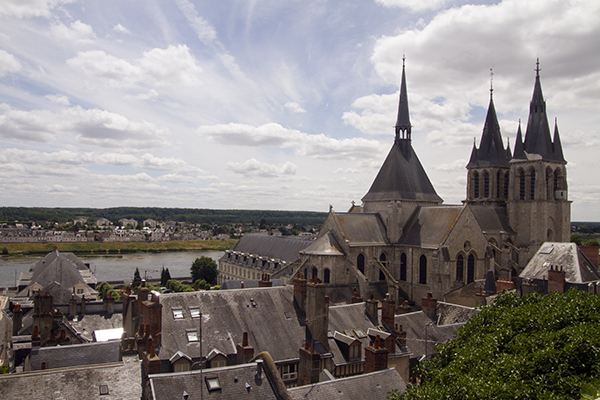






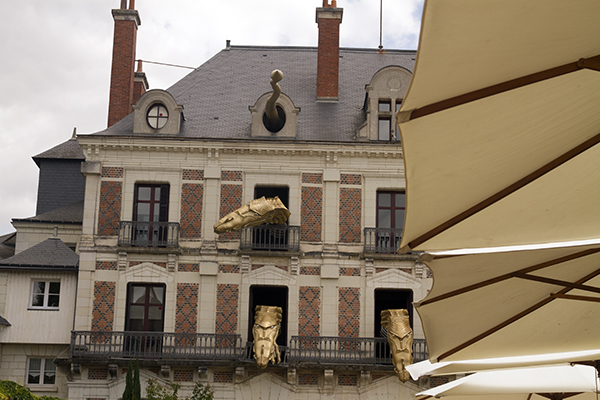
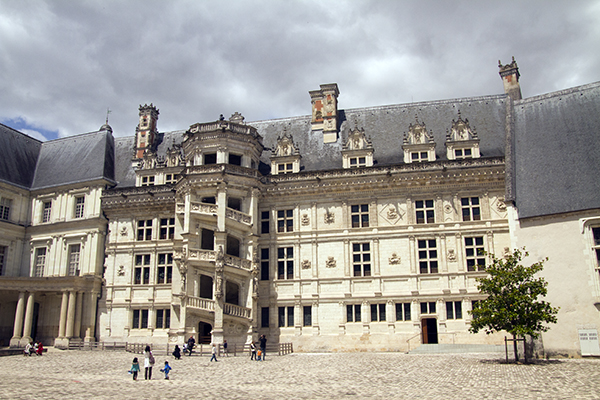
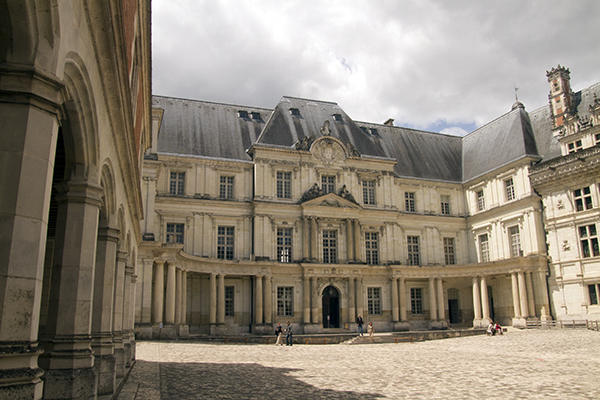
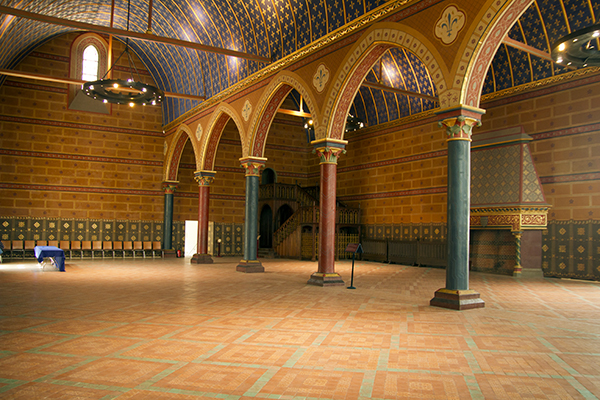
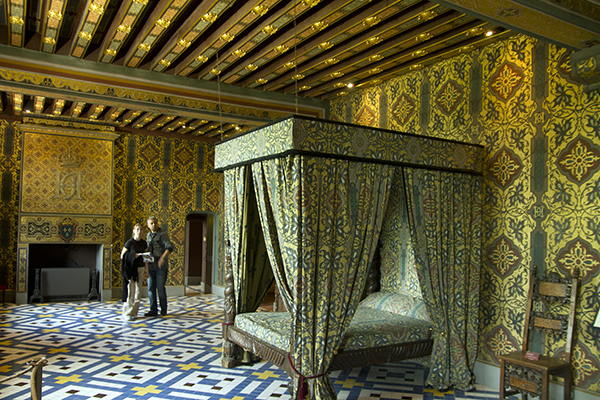
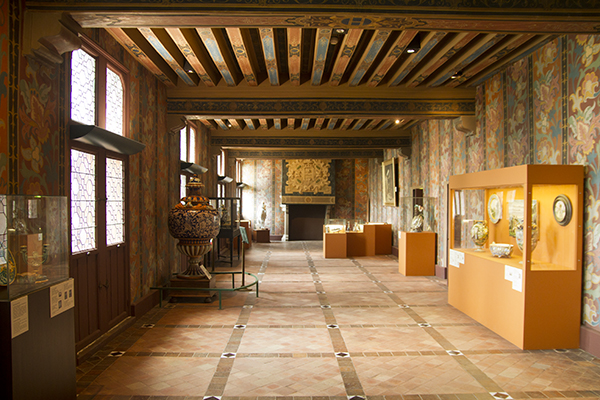

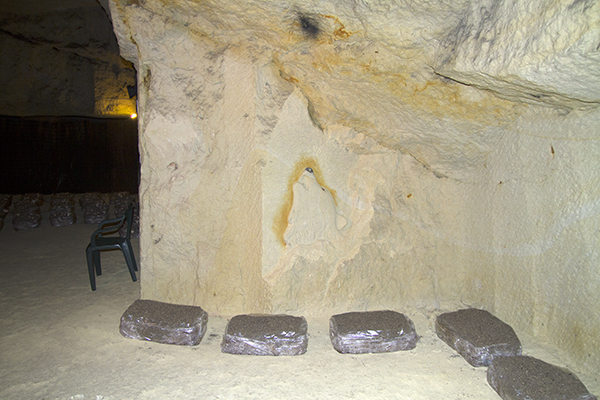


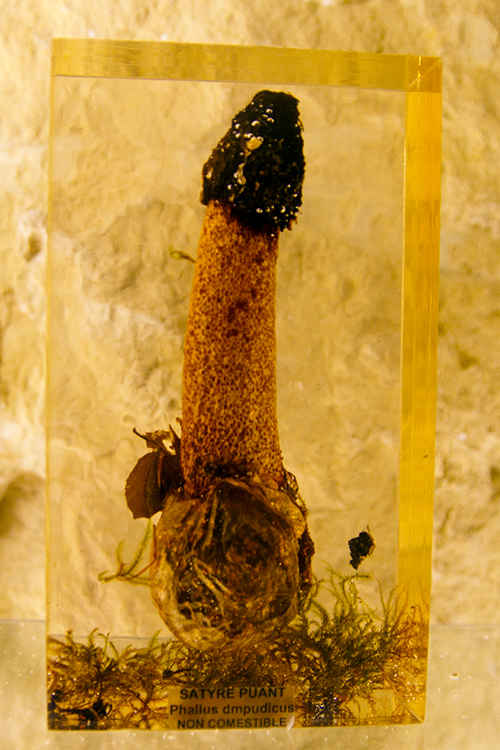


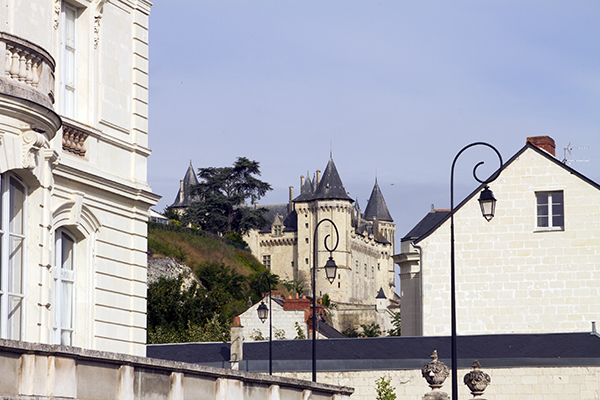
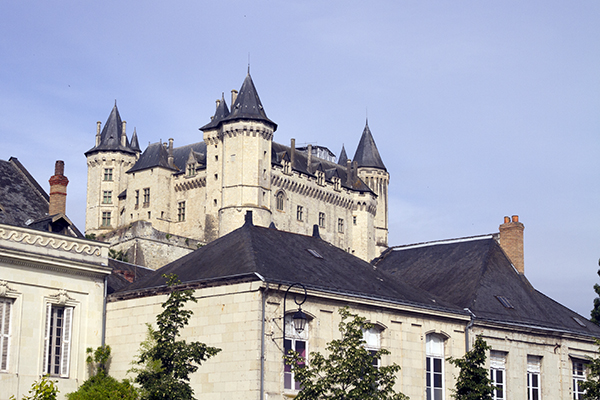



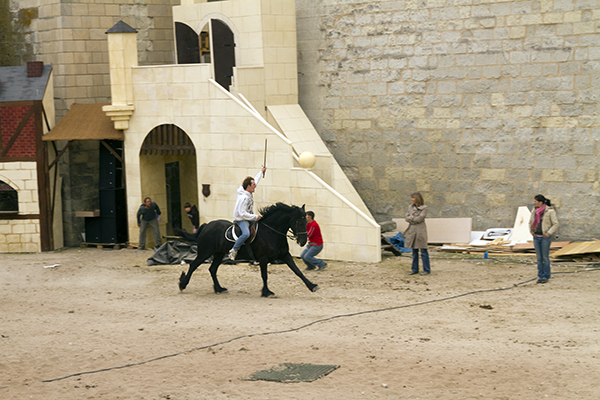





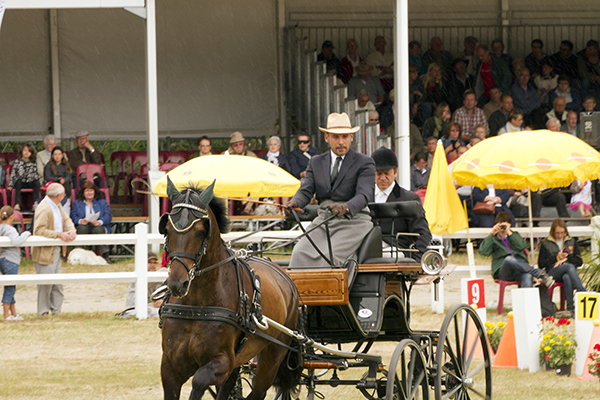
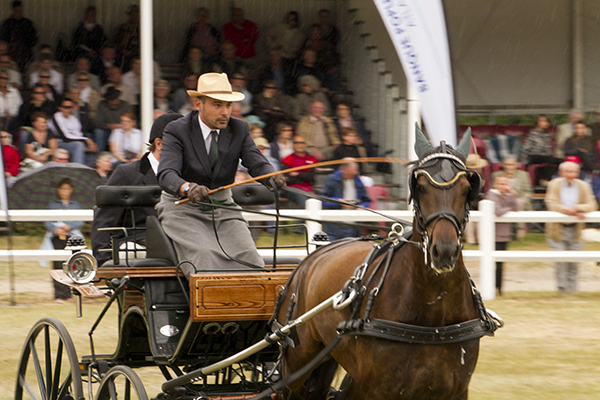



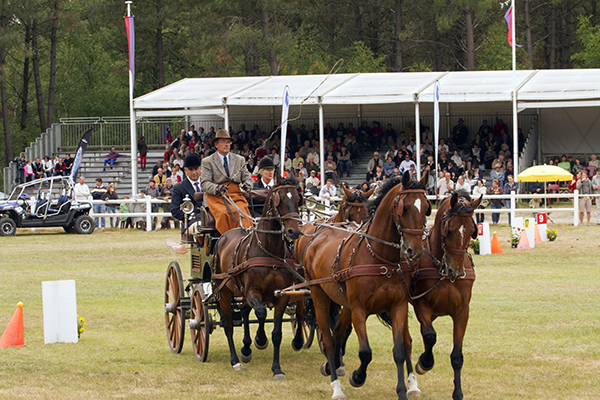



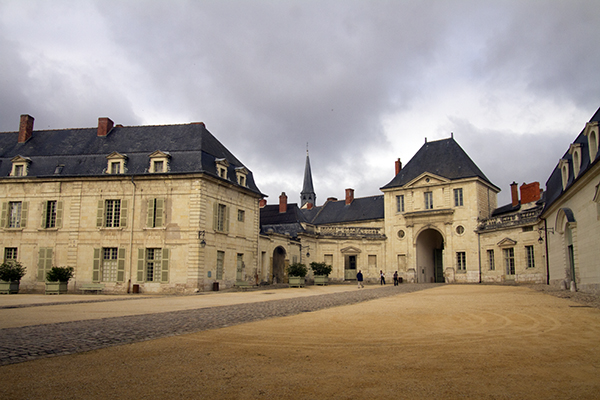









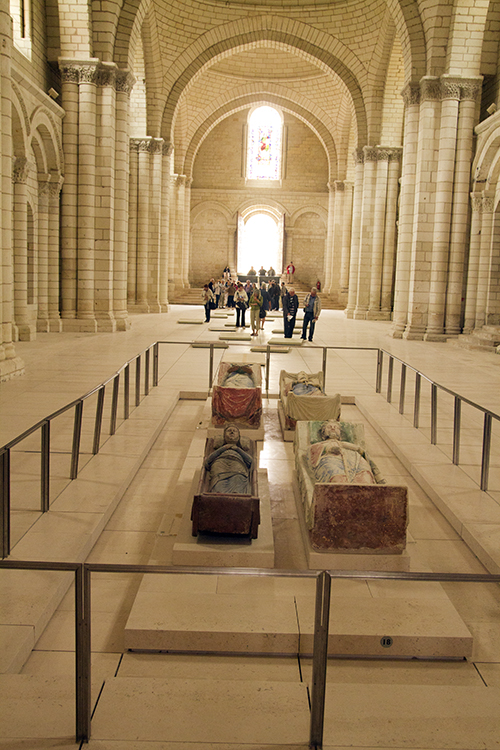


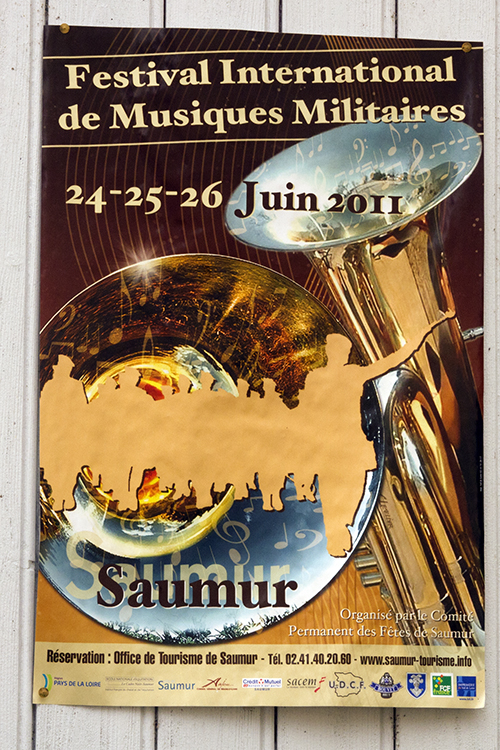



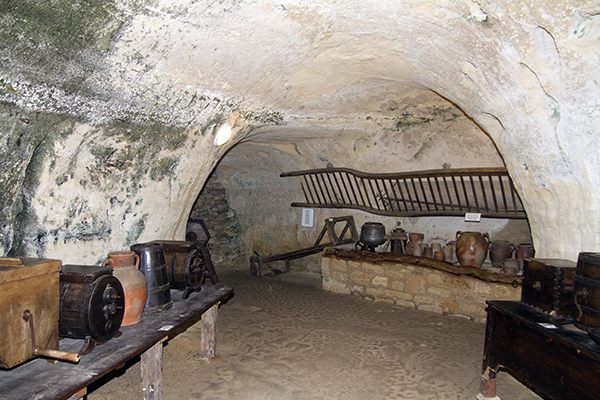

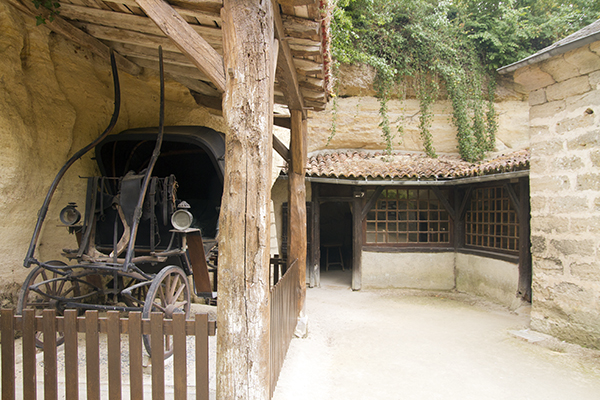
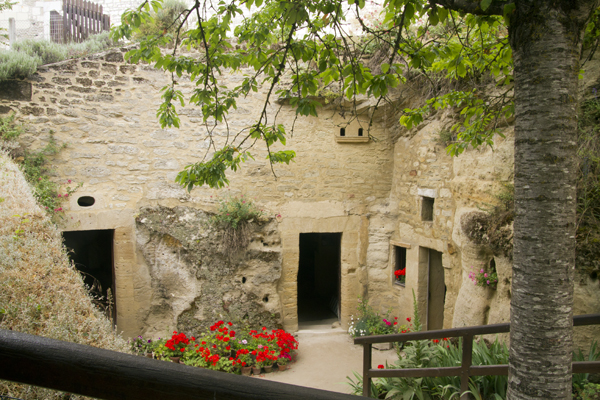


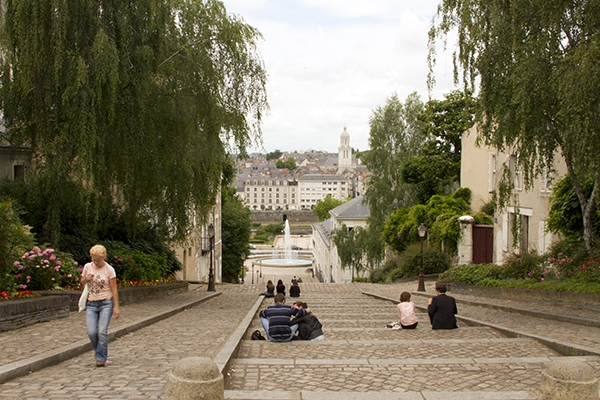

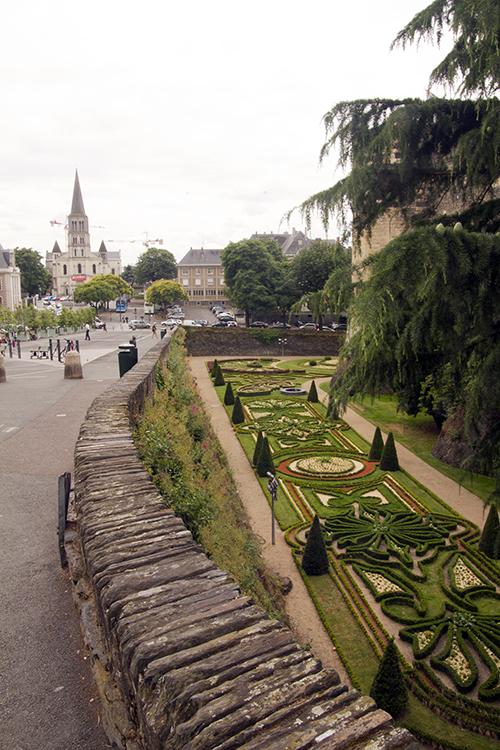

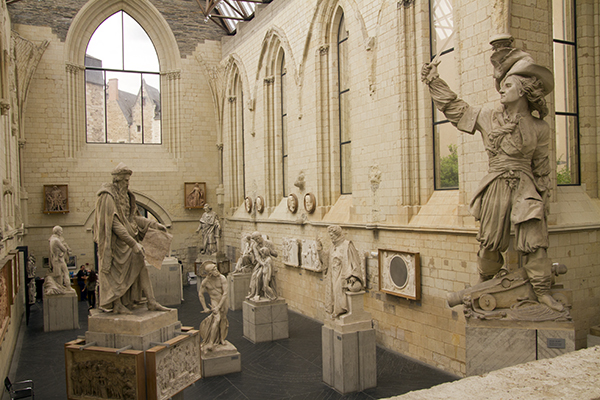
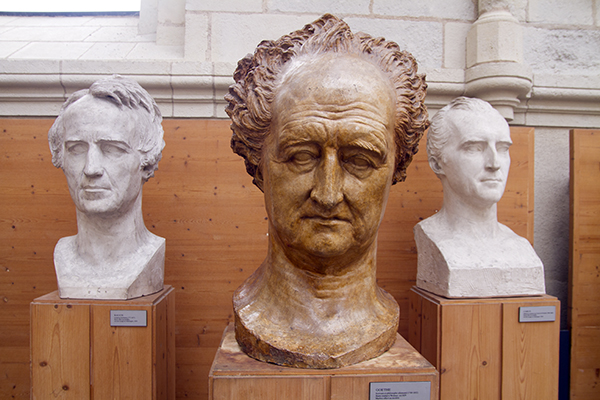
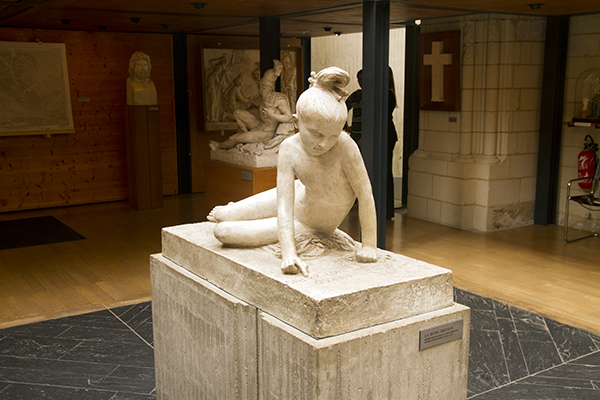
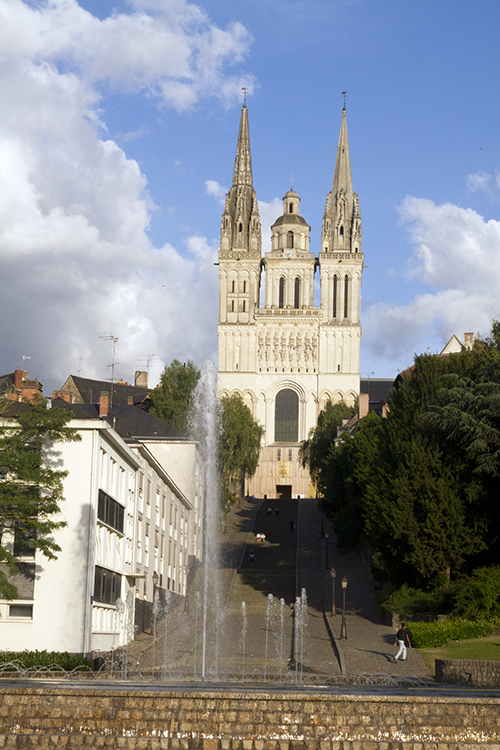


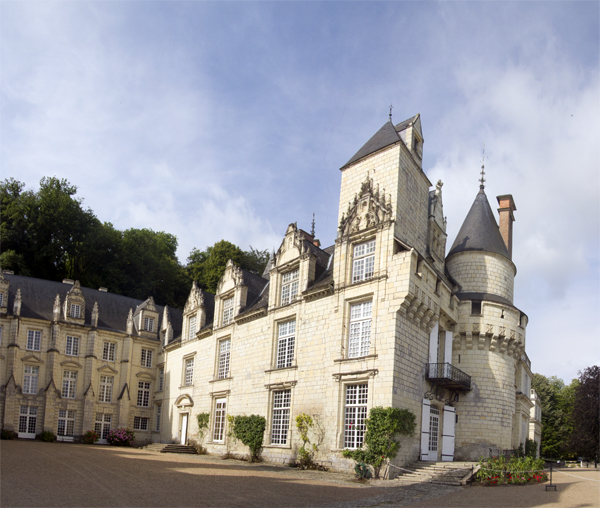


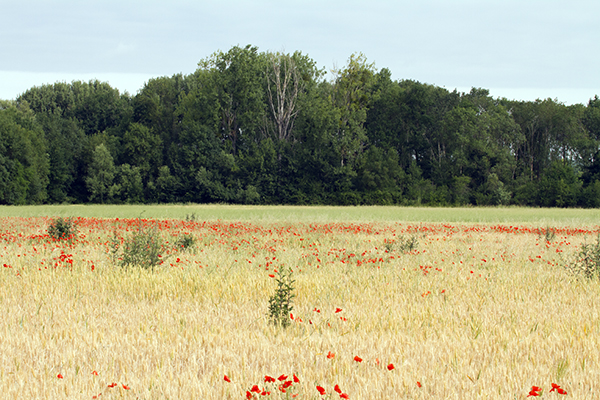

Cool dragons! :o)